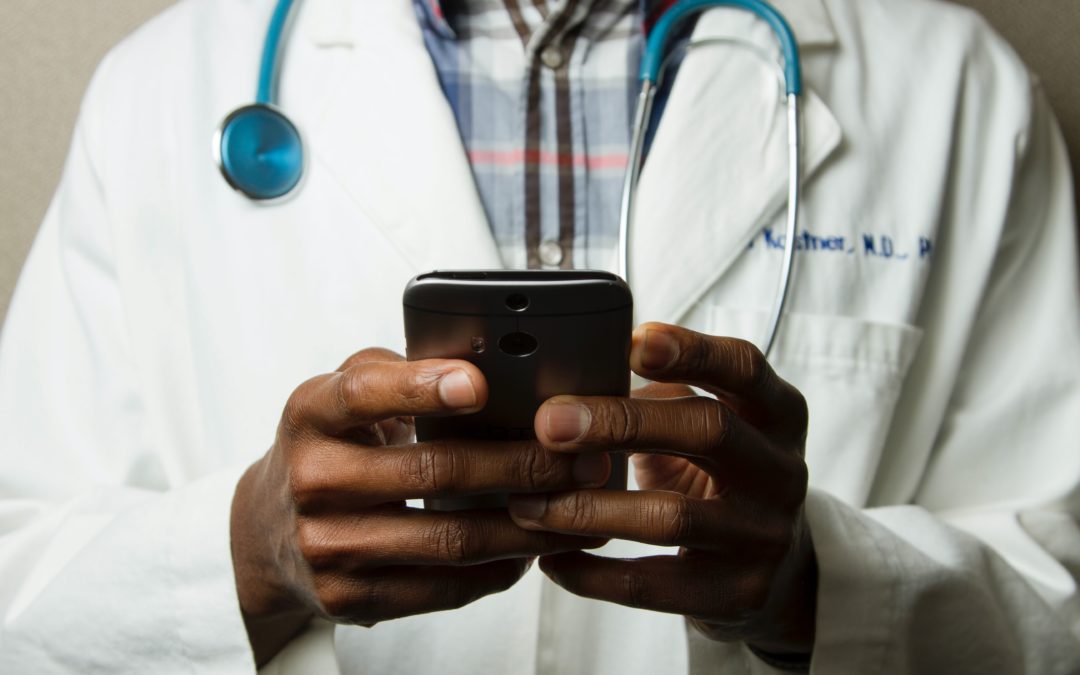Telehealth in Substance Abuse Treatment: Many Pluses, Much Potential
Can technology provide the answer to the current shortage of addiction treatment providers? Trends are showing that telehealth is becoming a more commonly used resource for those who would otherwise have little to no access to potentially life-changing services.
The U.S. Health Resources Services Administration defines telehealth as the use of electronic information and telecommunications technologies to support long-distance clinical health care, patient and professional health-related education, public health and health administration. Telehealth media include videoconferencing, the internet, electronic transmission of x-rays and other graphic medical information (referred to as store-and-forward imaging), streaming media, and terrestrial and wireless communications. Telehealth differs from telemedicine in that while telemedicine refers specifically to remote clinical services, telehealth also encompasses remote non-clinical services such as provider training, administrative meetings, and continuing medical education, in addition to clinical services.
Telehealth offers promising possibilities for providing substance use disorder treatment to persons in remote settings – particularly rural locations – that are heavily affected by addiction coupled and are hampered by a shortage of addiction treatment professionals. And with the onset of the COVID-19 pandemic and the attendant requirements for quarantining and social distancing, the importance of telehealth has increased exponentially. Additionally, telehealth can connect patients with medical professionals anywhere in the world, making specialists available from long distances..
Heartland House is in its infancy with the application of telehealth services. Our residents attend 12 Step mutual support meetings, have the ability to receive individual and group treatment services via telehealth. Our treatment team also can utilize telehealth services for treatment for those in our containment apartment(s) adding another layer of safety during the pandemic. We are very excited with the opportunity to extend our reach for those requesting SUD services too. Our near term focus is developing a curriculum through storytelling addressing the Stages of Change into recovery with our support of attendance of 12 Step Mutual support groups like AA.
Telehealth is not without its shortcomings: The hardware and connectivity needed to provide and access telehealth services can be costly. Additionally, not all insurance carriers currently support some or any telehealth options. These impediments, however, are in large part surmountable as the benefits of telehealth become more widely known and appreciated by the medical community, the healthcare industry, the providers of communications infrastructure and the clients and patients who stand to gain from the positive aspects of telehealth services..
In short, telehealth provides access to myriad services – including substance use disorder treatment – to those who might otherwise not have it. And while telehealth access will not universally replace the need for in-person examinations and treatment, they will continue to substantially reduce it.


Recent Comments